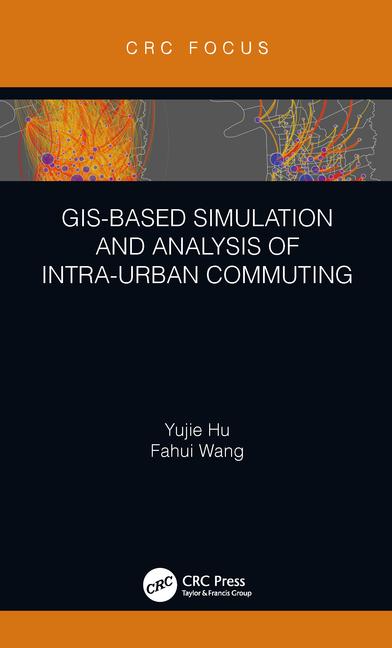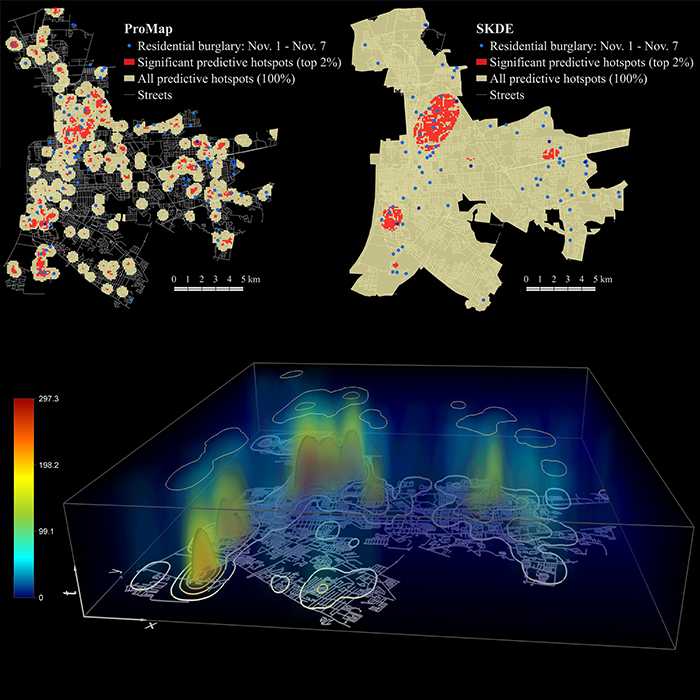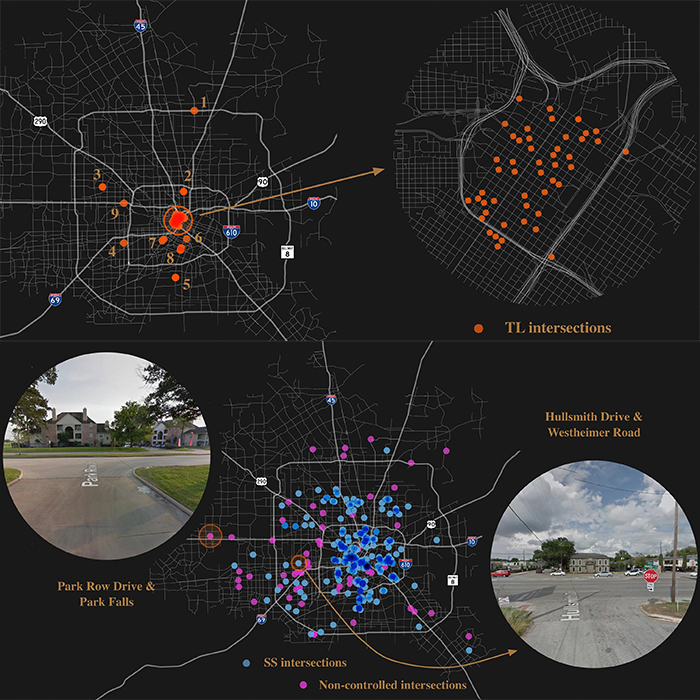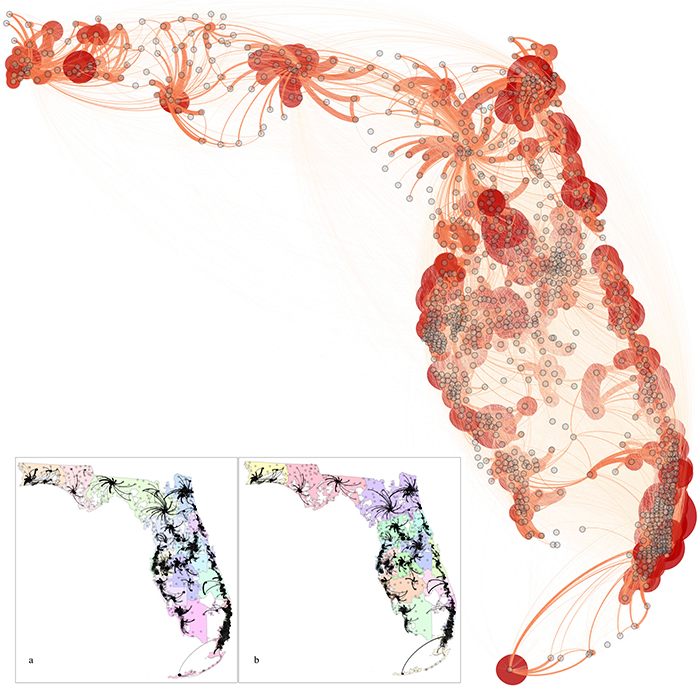
New book published: CRC Press; ISBN 9780367023034
Description:
Commuting, the daily link between residences and workplaces, sets up the complex interaction between the two most important land uses (residential and employment) in a city, and dictates the configuration of urban structure. In addition to prolonged time and stress for individual commuters on traffic, commuting comes with additional societal costs including elevated crash risks, worsening air quality, and louder traffic noise, etc. These issues are important to city planners, policy researchers, and decision makers.
GIS-Based Simulation and Analysis of Intra-Urban Commuting, presents GIS-based simulation, optimization and statistical approaches to measure, map, analyze, and explain commuting patterns including commuting length and efficiency. Several GIS-automated easy-to-use tools will be available, along with sample data, for readers to download and apply to their own studies.
This book recognizes that reporting errors from survey data and use of aggregated zonal data are two sources of bias in estimation of wasteful commuting, it studies the temporal trend of intraurban commuting pattern based on the most recent period newly-available 2006-2010, and it focuses on commuting, and especially wasteful commuting within US cities. It includes ready-to-download GIS-based simulation tools and sample data, and an explanation of optimization and statistical techniques of how to measure commuting, as well as presenting a methodology that can be applicable to other studies.
This book is an invaluable resource for students, researchers, and practitioners in geography, urban planning, public policy, transportation engineering, and other related disciplines.
Read the full publication at CRC Press
Download the data and programs/codes for the analyses in the book at the Downloads page






